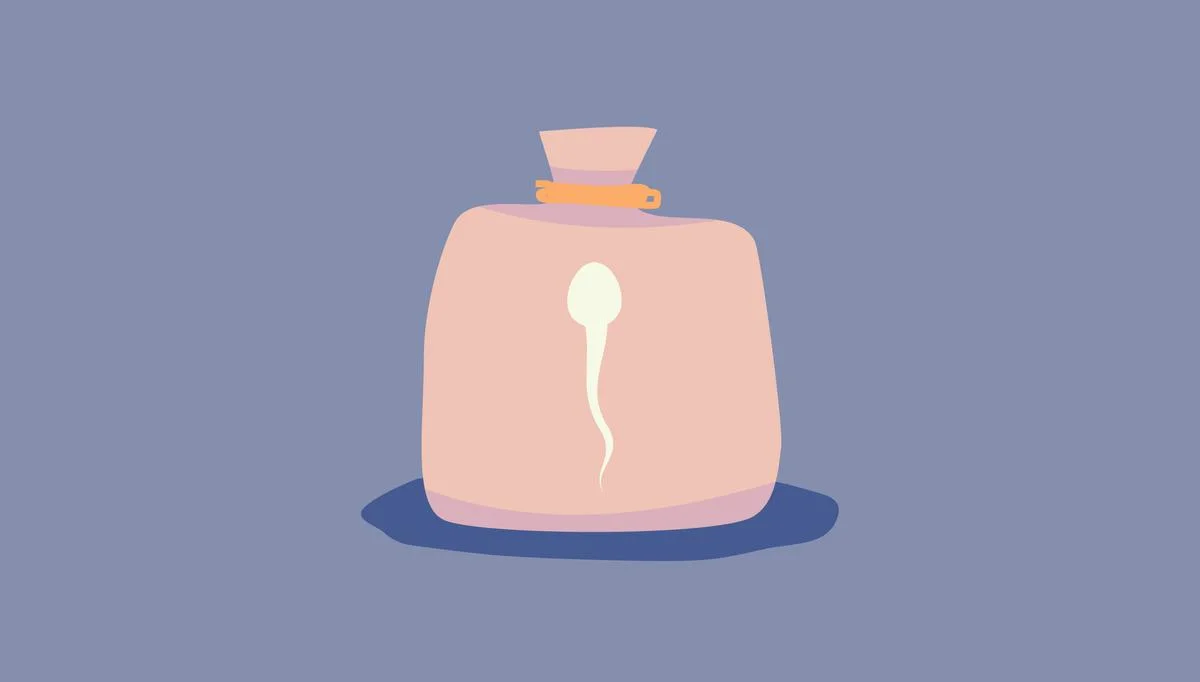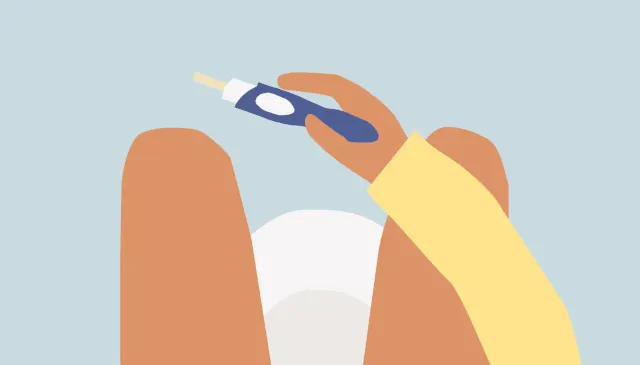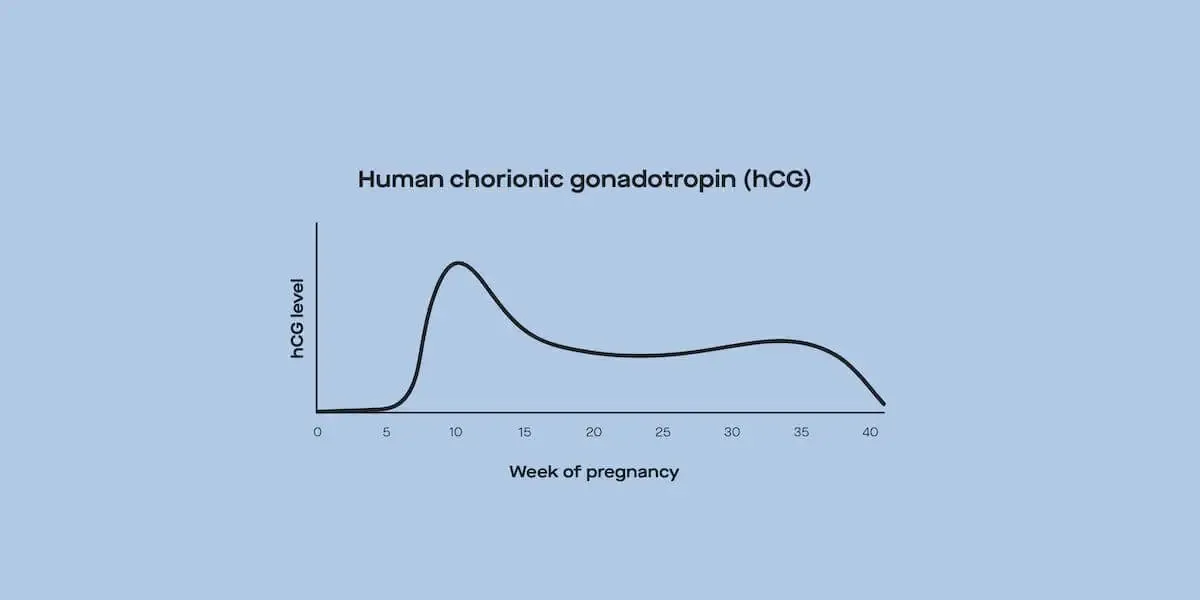Here's what we'll cover
Here's what we'll cover
Women's health and the female reproductive system is complicated, to say the least.
And unfortunately, issues related to the uterus, ovaries, and vagina have historically gotten less attention than they deserve. Uterine prolapse is one such condition that is both very common––and treatable.
Because prolapses in pelvic organs (including the uterus, bladder, rectum, and vagina), are often studied together, it’s difficult to determine just how common a prolapsed uterus is.
Researchers estimate anywhere from 25–50% of all American women can expect to experience some degree of pelvic organ prolapse or pelvic floor disorder (a general term for when muscles or ligaments that support organs in the pelvis are weakened or damaged) in their lifetime (Good, 2019; Chen, 2021).
By recognizing the causes, symptoms, and treatment options of a prolapsed uterus, you can better equip yourself with the information you need to seek out recovery options.
What is a prolapsed uterus?
There are muscles and ligaments that stretch across the bones of the pelvis to hold the organs inside your abdomen in place. If these muscles and ligaments become weak or stretched, it can cause the uterus to sink into the vaginal canal, a condition also known as uterine prolapse.
A prolapsed uterus falls into a broader cluster of conditions referred to as a pelvic organ prolapse (POP), which includes prolapses of the bladder, rectum, and vagina (Aboseif, 2021; Chen, 2021).
Causes and risk factors for a prolapsed uterus
The most common causes of a prolapsed uterus are pregnancy and vaginal childbirth, which can weaken and stretch pelvic floor muscles. It sounds scary, but this process is quite normal; the hormones released during pregnancy are what facilitate this ligament loosening to make childbirth possible.
But if ligaments don’t go back to normal after labor and delivery, the uterus can sink or prolapse. Other factors that may put you at risk of uterine prolapse include (Chen, 2021):
Multiple vaginal deliveries
Having bigger babies
Obesity
Finally, connective tissue disorders such as Marfan syndrome and Ehlers-Danlos syndrome raise a person’s risk of a prolapsed uterus. If this applies to you, your doctor may be able to recommend some preventative measures (Chen, 2021).
Some people believe that constipation, heavy lifting, chronic cough, and other things that cause you to "bear down" frequently can lead to POP. However, studies have not shown that these factors are definitive causes of uterine prolapse.
While these factors can raise a person’s risk of having a uterine prolapse, it doesn’t guarantee it by any means.
Stages of a prolapsed uterus
Several different classification systems exist for determining the stage of uterine prolapse. One such scale—the Pelvic Organ Prolapse Quantification (POP-Q) system—focuses on the position of the displaced part of the uterus with relation to your vaginal opening. The following measurements are taken while you are bearing down (performing Valsalva maneuver) (Chen, 2021):
Stage 0: the uterus is in the normal position
Stage 1: the uterus is in the upper part of the vagina
Stage 2: the uterus is almost at the opening of the vagina
Stage 3: the uterus is sticking out of the vagina
Stage 4: the uterus is completely out of the vagina (complete eversion)
Symptoms of a prolapsed uterus
Although more advanced symptoms usually indicate a more severe prolapse, different stages of the condition don’t necessarily correlate with specific symptoms.
Many people are actually asymptomatic in early stages and don’t experience any symptoms until a bulge begins to protrude from the vagina. While a prolapsed uterus can happen at any age, some don’t see signs until menopause. If you do develop symptoms, they may include (Chen, 2021; Vergeldt, 2015):
Pressure or heaviness in the vagina or pelvis
A bulge in the vagina (sometimes accompanied by lower back pain)
Issues like urinary incontinence or leakage, especially during moments of exertion like coughing, sneezing, or jumping
A sudden urge to urinate
Difficulty having vaginal sexual intercourse like you used to
The strain of a prolapse also takes an emotional toll and can affect self-esteem, causing anxiety, depression, and poor body image. Fortunately, uterine prolapse is easy to spot and there are treatments as well as lifestyle changes that can help (Chen, 2021).
How to diagnose a prolapsed uterus
If you have any risk factors or notice some of the hallmark symptoms of a prolapsed uterus, (especially pressure or a bulge in the vagina) schedule a pelvic examination with an obstetrician-gynecologist (OB-GYN).
Your doctor will likely be able to diagnose a prolapse based on your risk factors, symptoms, and what the pelvic exam reveals. A prolapsed uterus also shows up on ultrasound, CT, and MRI scans, which are sometimes used to confirm the diagnosis (Chen, 2021).
Treatment and prevention
Thankfully, a prolapsed uterus is not a life-threatening condition. Which treatment is best for you depends on the stage of the prolapse and the severity of your symptoms. Some people don’t require treatment at all.
If you have symptoms of uterine prolapse, the first thing to do is to consult a healthcare provider. If you have an OB-GYN, they’re typically familiar with the condition and can provide treatment or refer you to a specialist.
Kegel exercises
You may be able to do treatment from home through vaginal exercises that strengthen weakened muscles holding the uterus in place. Though not guaranteed, regular pelvic floor exercises such as Kegel exercises may help prevent a prolapse (Chen, 2021; Huang, 2021).
Vaginal pessary
Your doctor might also recommend you use a vaginal pessary, which is a donut-shaped device that holds the uterus in place. A pessary can delay progression or the need for surgery. In fact, over 80% of people with advanced POP have successful treatment with a custom fitted pessary (Chen, 2021).
Pessaries can be used both in the short- and long-term. It’s important to note that you need to clean pessaries and have the fit checked regularly. They also come with potential side effects including vaginal irritation, pain, discharge, bleeding, fistulas, vaginal ulcers, and odor (Chen, 2021).
Surgery
Finally, surgery is an option for some, but it usually isn’t the first course of treatment. If you don't plan to get pregnant in the future, a hysterectomy (an operation in which the uterus is removed) is one option.
Your gynecologist can also tell you about other surgical options that don’t involve removing the uterus (like sacrocolpopexy, sacrohysteropexy, mesh techniques, etc.) and their risks/benefits (Ko, 2019).
Pregnancy and prolapsed uterus
It is possible to have a safe, full-term pregnancy with a prolapsed uterus––even in severe cases.
Your doctor may manually reposition the baby to relieve pressure and insert a pessary to keep the uterus in position. During delivery, an elective cesarean section may be the safest way to avoid complications during delivery or further prolapse, but this will be up to your medical team’s judgement (Elci, 2020).
DISCLAIMER
If you have any medical questions or concerns, please talk to your healthcare provider. The articles on Health Guide are underpinned by peer-reviewed research and information drawn from medical societies and governmental agencies. However, they are not a substitute for professional medical advice, diagnosis, or treatment.
Aboseif C, Liu P. (2021). Pelvic organ prolapse. In: StatPearls [Internet]. Treasure Island (FL): StatPearls Publishing; 2021 Jan-. Retrieved on Sep. 29, 2021 from https://www.ncbi.nlm.nih.gov/books/NBK563229/.
Chen, C. J. & Thompson, H. (2021). Uterine Prolapse. In StatPearls [Internet]. Treasure Island (FL): StatPearls Publishing; 2021 Jan-. Retrieved on Sep. 29, 2021 from https://www.ncbi.nlm.nih.gov/books/NBK564429/
De Vita, D., & Giordano, S. (2011). Two successful natural pregnancies in a patient with severe uterine prolapse: A case report. Journal of Medical Case Reports, 5,
doi: 10.1186/1752-1947-5-459. Retrieved from https://www.ncbi.nlm.nih.gov/pmc/articles/PMC3180421/
Elci, E., Elci, G., & Sayan, S. (2020). Presentation of two cases with uterine prolapse occurring in pregnancy. Journal of Obstetrics and Gynaecology : the journal of the Institute of Obstetrics and Gynaecology, 40 (4), 571–572. doi:10.1080/01443615.2019.162182. Retrieved from https://pubmed.ncbi.nlm.nih.gov/31547731/.
Good, M. M. & Solomon, E. R. (2019). Pelvic floor disorders. Obstetrics and Gynecology Clinics of North America, 46 (3), 527-540. doi: 10.1016/j.ogc.2019.04.010. Retrieved from https://pubmed.ncbi.nlm.nih.gov/31378293/.
Gupta, P. (2015). Transvaginal Sacrospinous Ligament Fixation for Pelvic Organ Prolapse Stage III and Stage IV Uterovaginal and Vault Prolapse. Iranian Journal of Medical Sciences, 40 (1), 58–62. Retrieved from https://www.ncbi.nlm.nih.gov/pmc/articles/PMC4300482/
Huang, Y. C., Chang, K. V. (2021). Kegel Exercises. In StatPearls [Internet]. Treasure Island (FL): StatPearls Publishing; 2021 Jan-. Retrieved on Sep. 29, 2021 from https://www.ncbi.nlm.nih.gov/books/NBK555898/
Ko, K. J., & Lee, K. S. (2019). Current surgical management of pelvic organ prolapse: strategies for the improvement of surgical outcomes. Investigative and Clinical Urology, 60 (6), 413–424. doi:10.4111/icu.2019.60.6.413. Retrieved from https://pubmed.ncbi.nlm.nih.gov/31692921/.
Vergeldt, T. F., Weemhoff, M., IntHout, J., & Kluivers, K. B. (2015). Risk factors for pelvic organ prolapse and its recurrence: a systematic review. International Urogynecology Journal, 26 (11), 1559–1573. doi:10.1007/s00192-015-2695-8. Retrieved from https://www.ncbi.nlm.nih.gov/pmc/articles/PMC4611001/.










